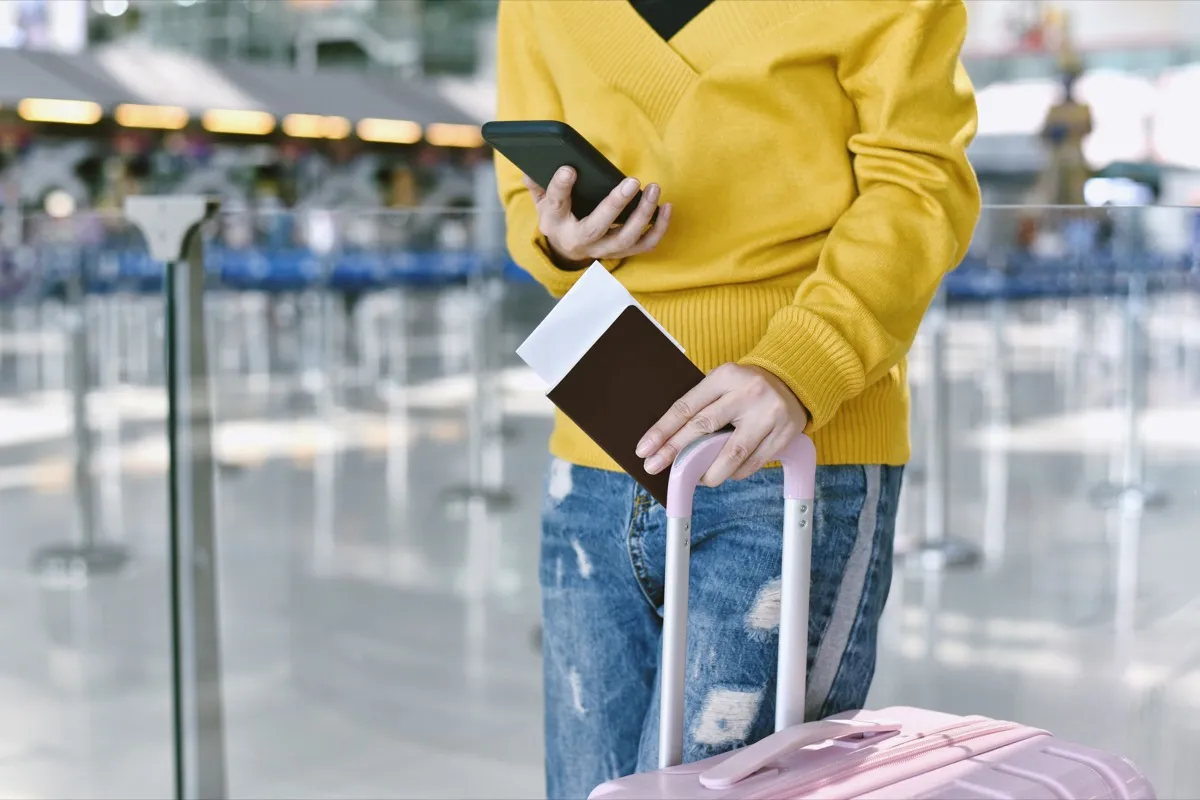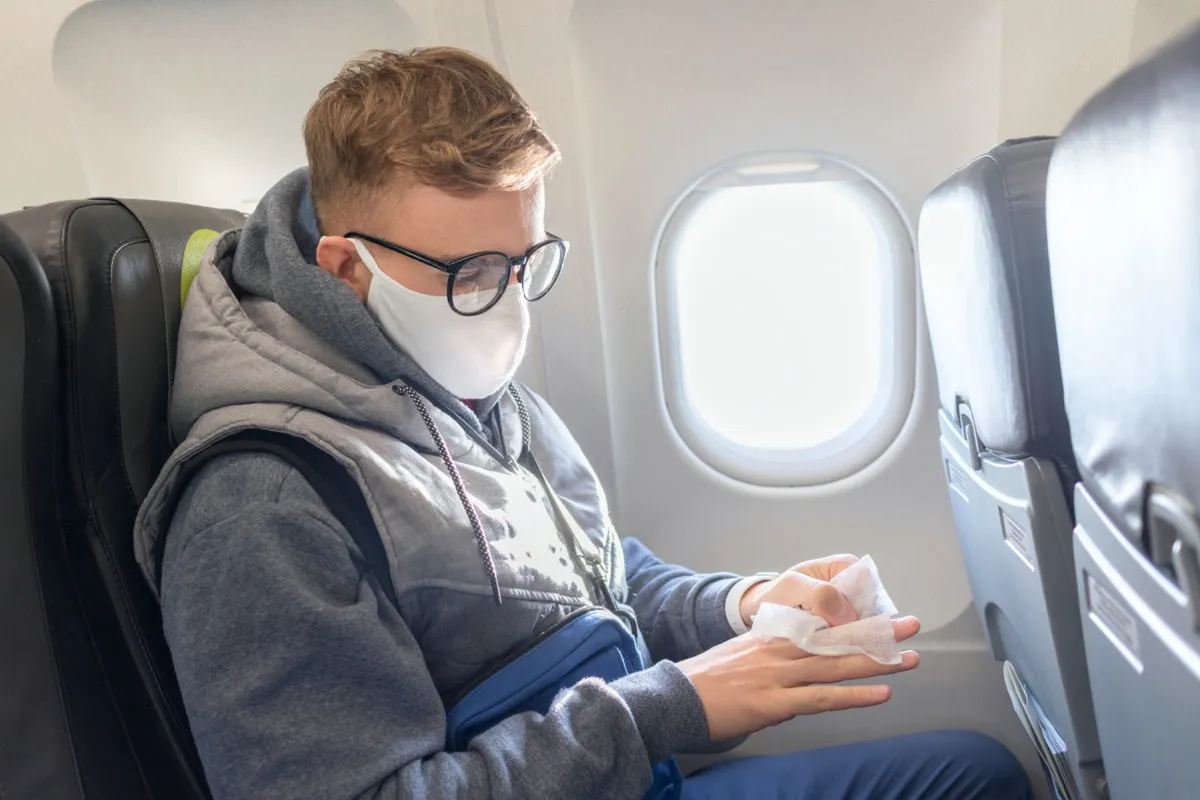The researchers behind the study—which, it should be noted, United donated flight time to—conducted more than 300 tests on planes with a mannequin that was equipped with an aerosol generator, which reproduced breathing and coughing. The tests showed that for flights under 12 hours, it was “extremely unlikely” for COVID to be transmitted when all passengers wore masks the whole time. Even if a sick passenger was in the seat next to you, the study deduced there’s only a 0.003 percent chance of you getting infected, as long as you both wear masks, of course. The study also said that the virus was removed by the plane’s air filtering systems 15 times as fast as in a typical home and five or six times as fast as what is recommended for hospital operating rooms and patient isolation rooms. The results seemed like great news for airlines who want to get people back up in the air ASAP. Southwest has even decided it would be removing its ban on using the middle seat based on the study’s findings, Reuters reports. But while the results are encouraging, there is a danger in interpreting them to mean that it’s impossible to catch COVID when you fly, which is just not true.ae0fcc31ae342fd3a1346ebb1f342fcb “In-flight transmission is possible but the risk appears to be very low, given the volume of travelers and the small number of case reports,” the WHO told Reuters. “The fact that transmission is not widely documented in the published literature does not, however, mean it does not happen.” The organization also added that sick passengers and people with confirmed exposure to COVID-19 still should not be permitted to travel. The WHO noted that it was aware of at least two case report studies that described in-flight COVID transmission, on flights from London to Hanoi, and Singapore to China. Even before the WHO’s comment, the study was not without its skeptics, especially because the test flights were conducted using mannequins, not actual people. “You take the element of human behavior out,” Lauren Sauer, director of research for the Johns Hopkins Hospital biocontainment unit, told The Washington Post. This assumes that all passengers will wear a mask for the entire flight and no one will be talking—obviously both unlikely scenarios when you are dealing with real humans. And for more on the recent spikes, check out 10 States on the Verge of COVID Surges.



